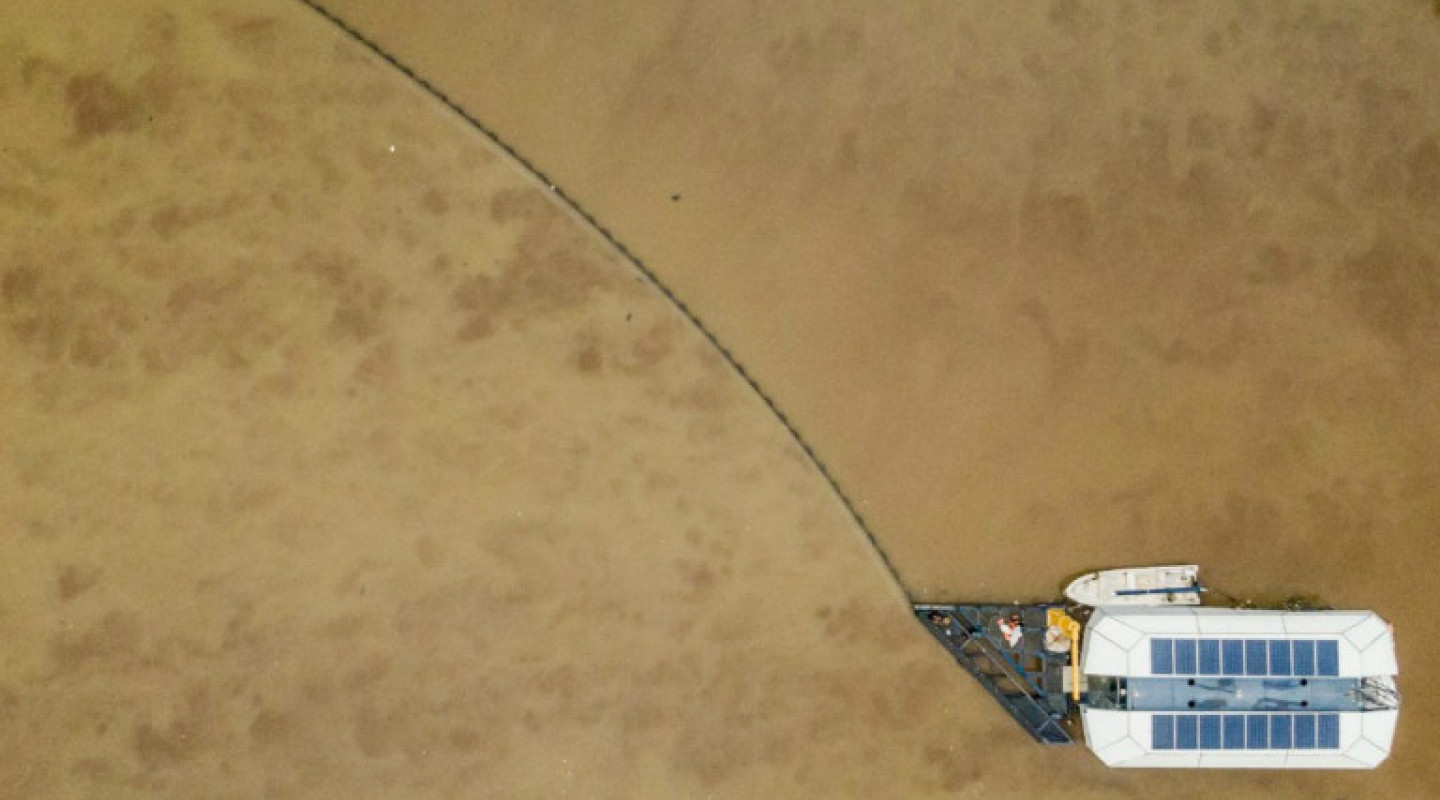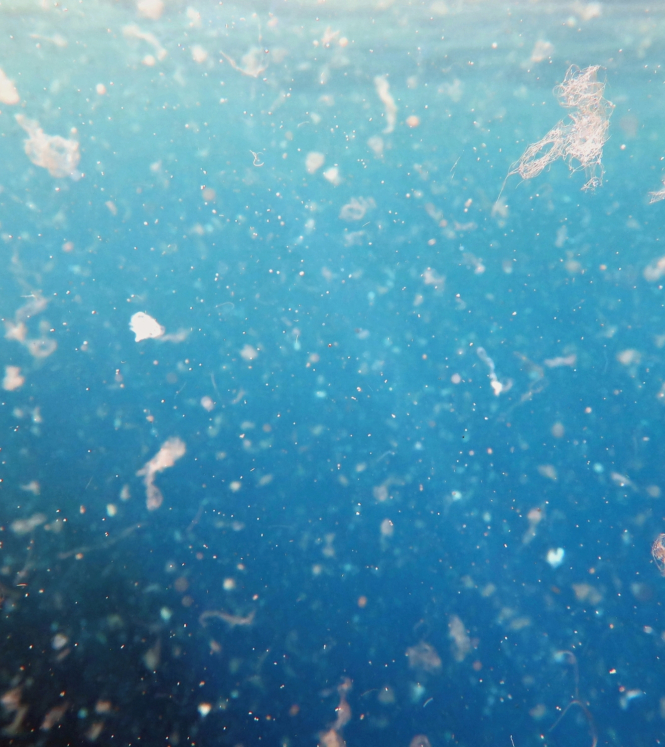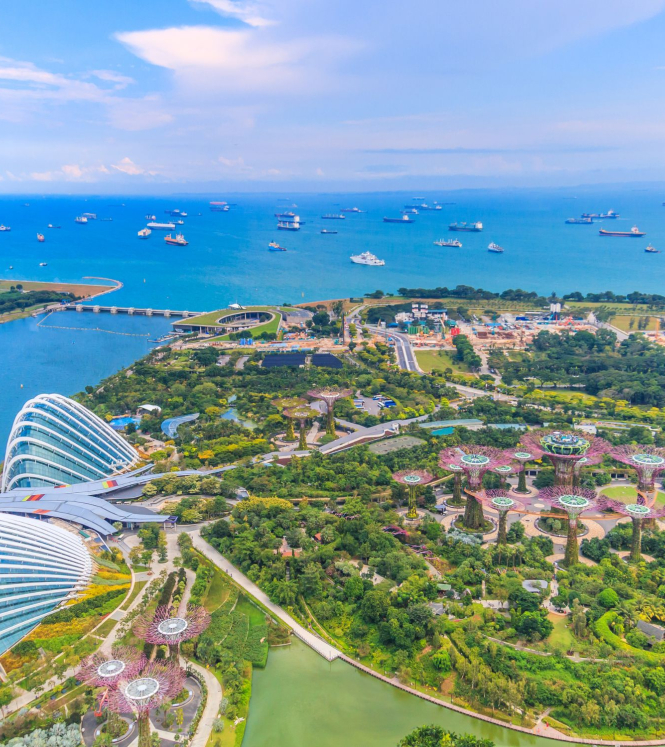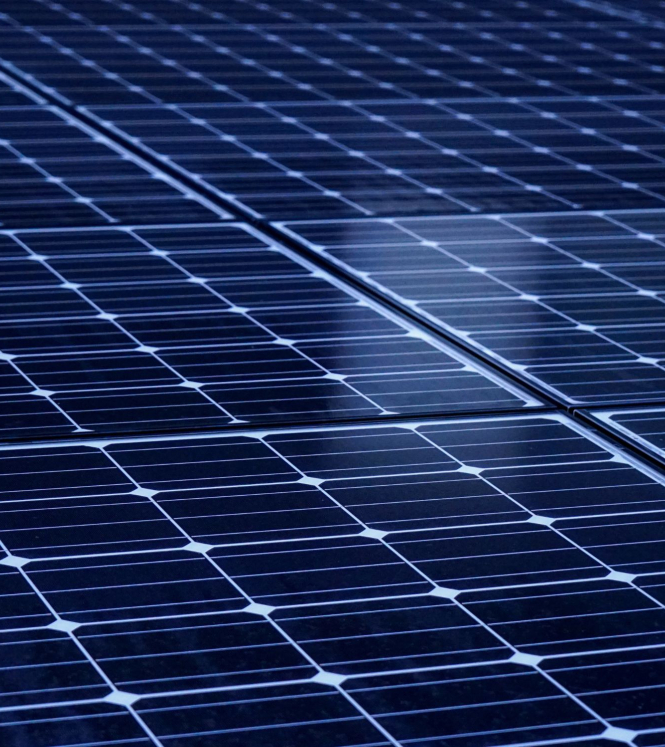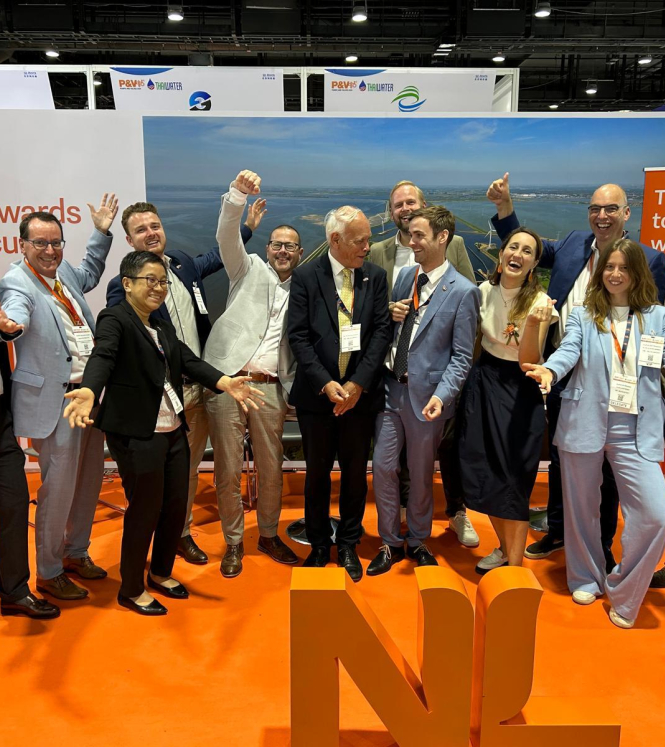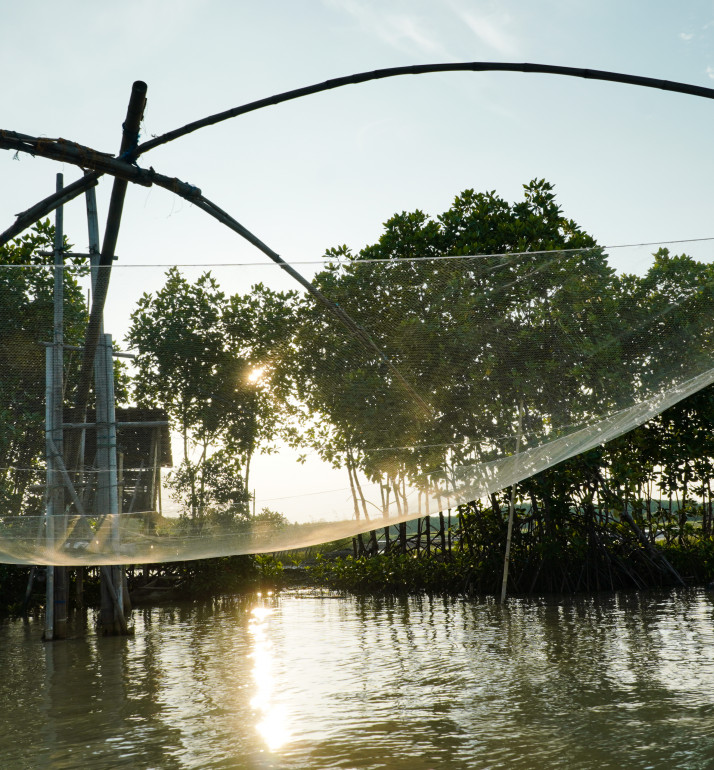
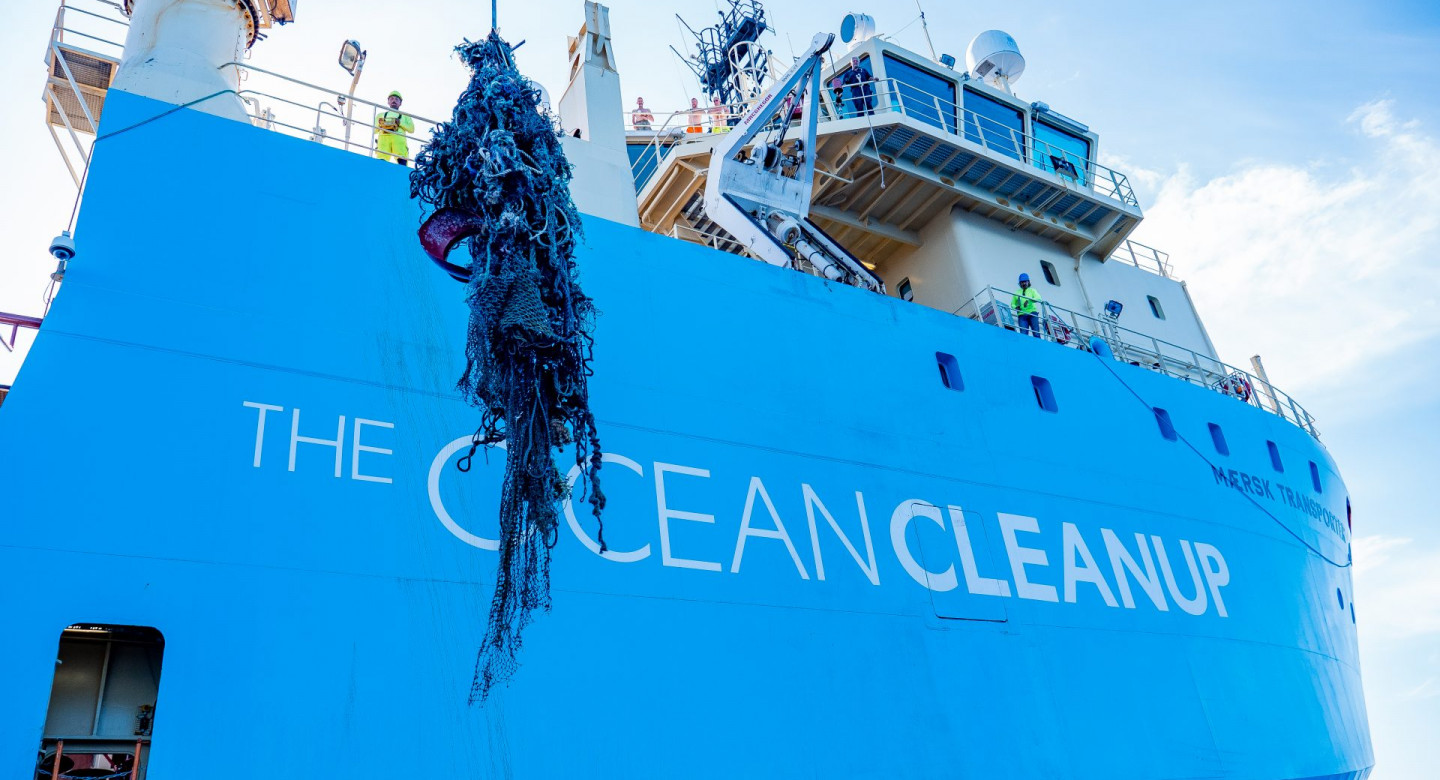
The Ocean Cleanup turning trash into treasure
Plastic waste is not only a threat to marine life, it is also entering our food chain. More and more studies indicate a possible connection between plastics and their impact on human health. Since plastic soup was first discovered in the 1990s, we have all become aware of the gyres of plastic waste circulating in our oceans. Dutch non-profit Ocean Cleanup is seeking solutions to resolve the problem of plastic soup, its 2020 initiative was to set a standard for recycled ocean plastic, turning it from trash into treasure.
Decades of accumulated plastics floating on or near the water’s surface, it seemed an insurmountable problem. But it inspired Boyan Slat to set up The Ocean Cleanup, a non-profit organisation to clear the floating plastic debris from the seas. Then he turned his attention to rivers which carry much of the plastic litter from urban centres to the sea. Now that the first plastics came ashore, the organisation planned to set a standard for ocean plastics. This valorised recycled ocean plastics, making them more valuable as a raw material for reuse. The standard guaranteed ocean recycled plastics had actually come from the ocean.
Great Pacific Garbage Patch
The first Ocean Cleanup design placed floating barriers strategically in the ocean currents to corral the plastic into collection points. It was estimated that the design would clear half of the Great Pacific Garbage Patch within 5 years using the power of natural forces - wind, waves and current. The float captured the surface plastics while a skirt prevented plastic under the surface water from escaping. Once the waste was accumulated, it was ready to be collected and taken to land where it was sorted and recycled. The first pilots were successful and the system was aimed to fully operate by 2021.
Interceptor
However, every day more and more single-use plastics are dropped on our streets, disregarded after a meal on the go or a quick coffee. This plastic easily ends up in the waterways via drains, rivers and canals. And it is all heading towards the ocean.
The Ocean Cleanup identified 1000 rivers responsible for 80% of the waste. Boyan Slat developed the Interceptor, a solar-powered machine to collect plastic waste in rivers to stem the flow of debris before it enters the sea. Using barriers to divert waste to the mouth of the Interceptor, the waste is picked up on a conveyor belt and distributed into dumpsters on a barge. When they are full a signal is send to local barge operators.
Liveable environment
The Interceptor can collect up to 100,000 kg of plastic waste per day. Since its launch, four Interceptors have been built. One is stationed in Jakarta, Indonesia. During the 2020 trade mission to Indonesia in March, Minister for Foreign Trade and Development Sigrid Kaag visited first Interceptor at work:
"We all know we have to put an end to pollution and the use of plastic. A livable environment, man and planet. This is where the work starts.”
The second Interceptor is operational in Malaysia, one was installed on Vietnam’s Mekong river and another in the Dominican Republic. And there are plans for deployment in Kingstown (Jamaica), Bangkok (Thailand) and Los Angeles County (USA). Together the Ocean Cleanup projects aim to close the loop on ocean plastics.
"We all know we have to put an end to pollution and the use of plastic... This is where the work starts.”
